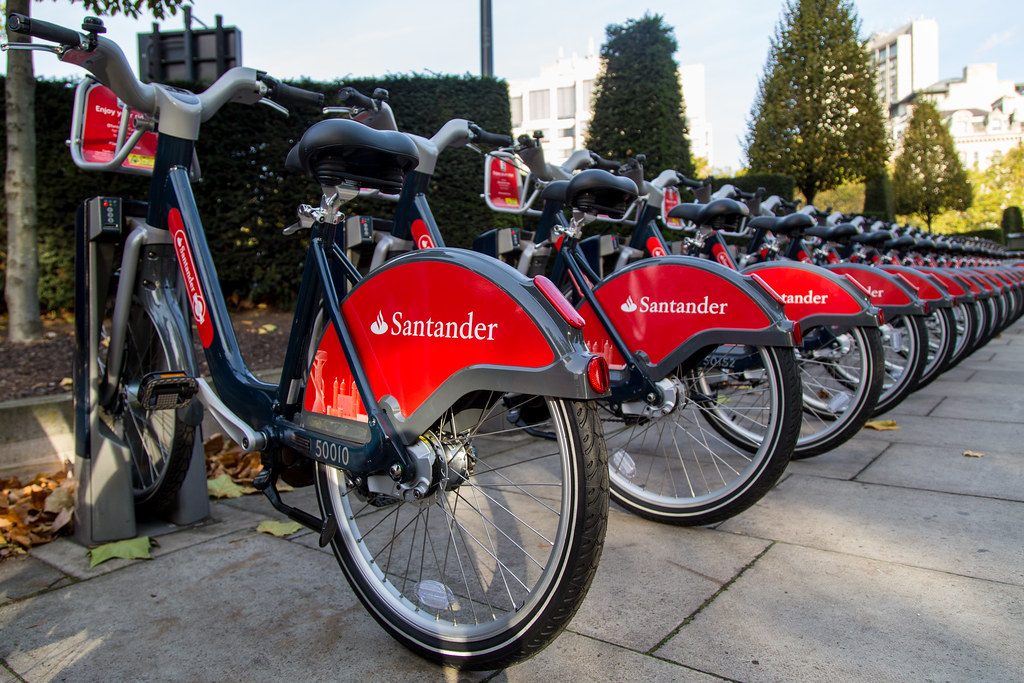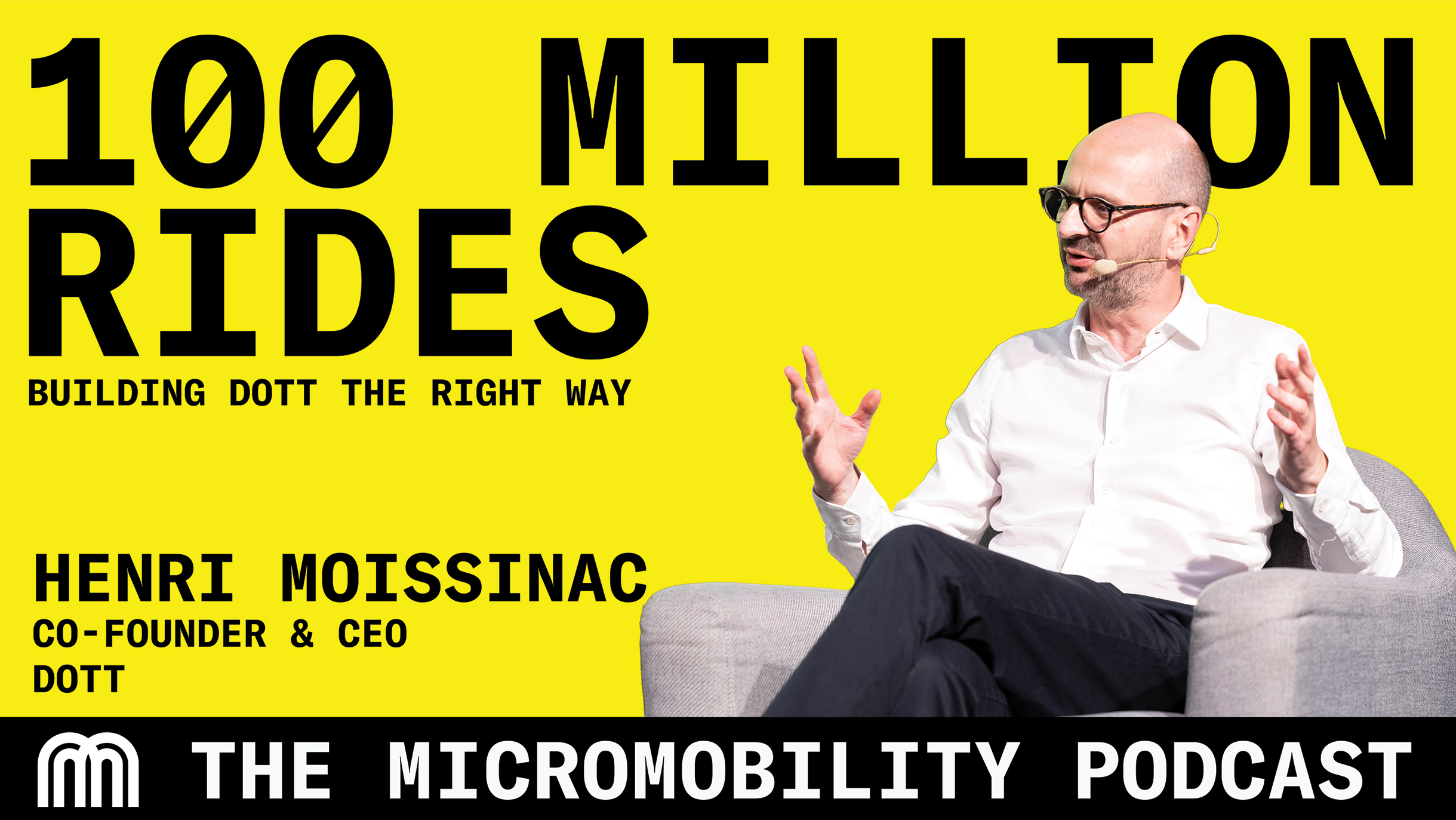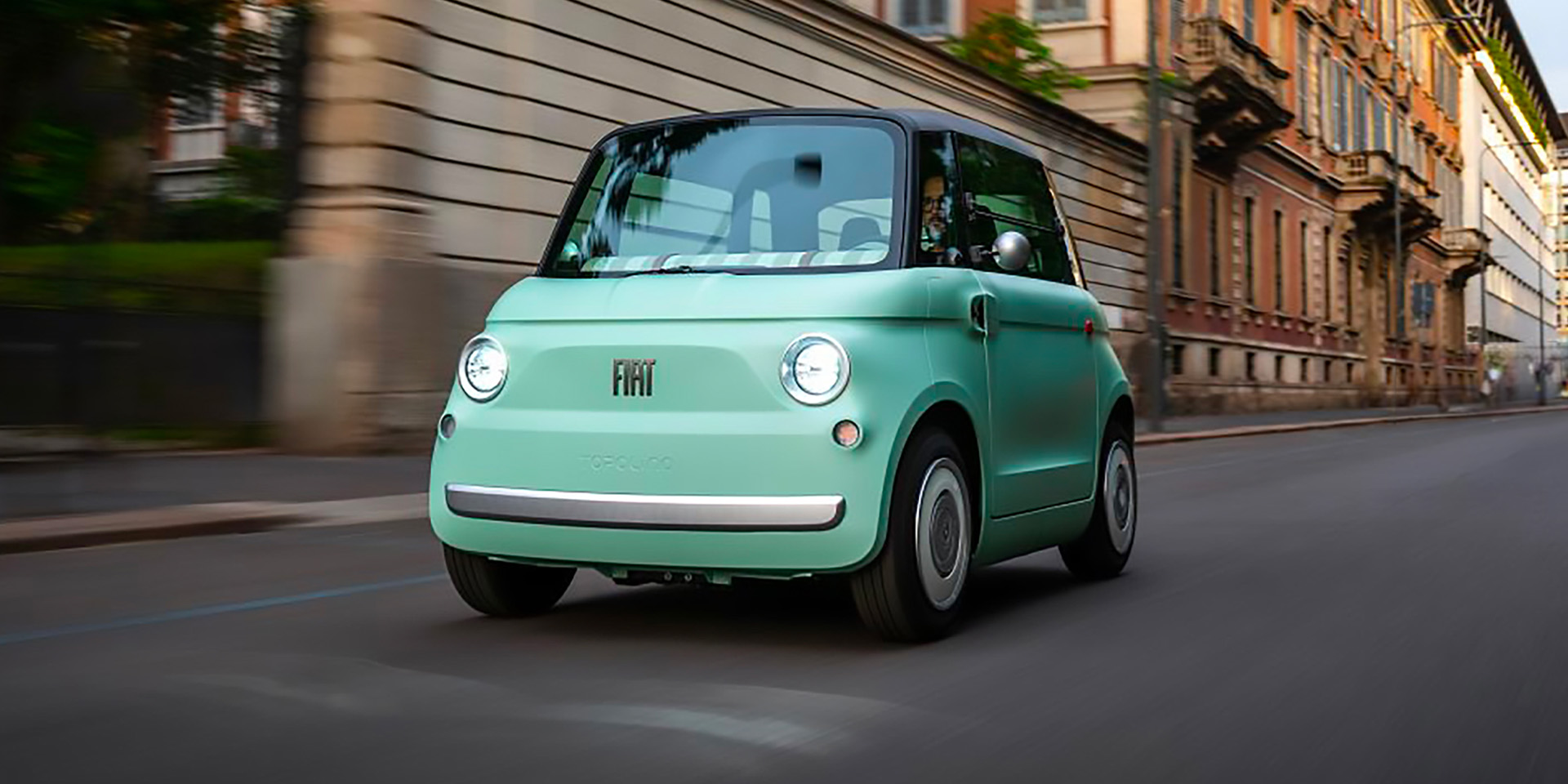I’m sure you’ve heard the phrase, “Whatever doesn’t kill me makes me stronger.” It’s a comforting idea—that we can respond to stresses, threats, or sources of harm by becoming stronger. This is not only in contrast to the idea that we weaken with harm but also in opposition to the idea that we “bounce back” from harm. It says that we are not merely the same but we become better when harmed.
This idea was formalized in N. N. Taleb’s now famous “Antifragility” property of systems. That is, an antifragile system, when stressed, is not only resilient (recovers from failure) or robust (resists failure) but, paradoxically, prospers after failure.
It may sound like a rare phenomenon but it’s evident in each of us. Our bones, muscles, lungs, and heart, if stressed through exercise, not only repair themselves but get stronger in doing so. Moreover, through persistence and repetition our brains get stronger. This is how we learn, memorize, and develop skills. We call it education or exercise or homework or gaining immunity. This ability is in all of us. It is plain to see but it is not automatic. It is not easy to do. It is not the default path. We need to force it on ourselves. It hurts to stress muscle, to study and to repeat and repeat and repeat. It costs energy, time, and opportunity, but at the end, the bitter end, the result is strength.
So this idea of antifragility got me thinking about many successful systems, even companies. Those which are robust may endure one shock but may waver after more than one and will certainly succumb to many. Those which are resilient may recover a few times but weaken slightly each time. What is really extraordinary is a system or a company that gets stronger every time it’s challenged. A company that suffers no challenges (i.e. a monopoly,) seems strong at first glance. It has nothing to fear. But when suddenly faced with a threat, especially an asymmetric one, it crumbles. A company that builds up its defenses to parry every challenge becomes rigid and can fail when faced with an agile opponent. History is filled with examples of “strong" companies failing.
The bigger they are, it seems, the bigger the fall.
However there are exceptions. And I’d like to draw attention to a major one. A construct we experience every day: the city. Cities are so big and pervasive that we take them for granted. We are living in a society of cities. They are our civilization. (The word civilization itself comes from the Latin “civitas,” which refers to a city as a body of citizens). Urbanism is modernism.
The numbers bear it out. Over 50% of the world’s population now chooses to live in cities. The wealthier the nation, the more urban it is. As the world grows in wealth, the total urban population share is expected to reach over 70% by 2050. And this is not just a recent phenomenon. The urban population has grown inexorably since antiquity, accelerating all along.
And yet, this should be a seen as a paradox because cities are not naturally strong. Quite the opposite. They are evidently vulnerable.
They are, to put it bluntly, all eggs in one basket.
They are a huge target. The concentration of wealth and power makes them attractive to all types of attacks. From hordes of marauding barbarians bent of sacking, to pirates, besieging armies and threats from within—treacherous palace intrigues and coups.
The concentration of people makes them attractive to contagious diseases. From bacterial to viral, pathogens transmitted though water, sewage, air and personal contact. They concentrate pollutants, noise, and crime, and degrade quality of life. The concentration and delicate nature of their infrastructures makes them vulnerable to natural disasters such as fires and earthquakes.
And indeed history is filled with stories of cities subject to sieges, plagues, massacres, sackings, fires, floods, and earthquakes. Cities suffered from atomic and conventional bombings, rebellions and barricaded revolutionaries. They have been burned to the ground, buried in volcanic ash, and even irradiated. Almost all conceivable man-made and natural attacks have been leveled at cities, for as long as they’ve been around.
And yet, each city that has been thus afflicted is still around. They’ve not just bounced back, they’ve grown to be stronger than before. Both in size and number. There are over 1680 cities with more than 300,000 inhabitants. There are over 40 cities (conurbations) with more than 10 million inhabitants each. The largest is about to be home to over 40 million residents. There are tens of thousands of cities of a size that a few centuries ago would have been only hundreds. Few, very few, cities have “failed”. The formation of a ghost town is so uncommon that they are objects of fascination. Ancient cities are likely to still exist as modern cities. The exceptions make the rule.
These are the characteristics of antifragility. The more the hardship, the stronger the result. Whatever doesn’t kill a city makes it stronger. Each accident is never in vain because it uncovers a fault.
Today we face another crisis where our proximity to one another is being challenged. Our connections to one another are being exploited by a novel pathogen. A plague is upon us and the city is the construct most vulnerable, by design.
So what’s our answer?
Do we devolve the collaborative structures we built? Do we dig a hole and hide? Do we run to the hills and live alone?
The remedy is to distance, isolate, and separate to allow the virus to spend itself. The remedy is not to break the bonds that bind us. The virus succeeds when it has an asymmetric advantage. It can mutate and replicate rapidly. It’s very portable and relatively rugged. But we have an asymmetric advantage of our own.
We collaborate. We collect data, we measure, we count, we sequence DNA, we manufacture in unimaginable quantities, we communicate using laser beams and we marshal millions of educated minds.
We have machines which compute extremely quickly. We have billions of them. We have unlimited energy and we can transmit it anywhere with no delay.
We do this in groups. We do this in teams that meet while apart. We did it before but we can do it better now.
And the way we solve this problem is by leveraging the very thing that makes us a super-species: the city. The cohabitation, the collaboration, the concentrated conurbation.
Cities are solving the problem that plagues them. Cities are our superpower.
United we stand, divided we fall.
Many have asked me whether we will see a different society in the future. Whether we will prefer to remain in isolation or whether we will never use public transit again or be phobic of touching anything that is shared.
Knowing even a little of the history of infections, plagues, and pandemics suggests otherwise.
We seal deals with a hand shake. We seal relationships with a kiss. We touch glasses when we toast. We hug when we meet friends. We pet animals. We do this even after millennia of contagion.
After this crisis passes, we will dust off the losses. The loved ones lost, the mountains of money, the misery of isolation. And we will rise up and double down on the ideas and constructs of civilization. It’s inevitable because it is who we are. Because to work together is human.
The things which don’t kill us make us stronger.
Try Triple M right now free for 30 days and get access to Horace Dediu’s next video call, taking place on Wednesday, March 25 at 9am PST, in which he will explore the long-term impact of coronavirus on cities.

.svg)
%2Bcopy.jpeg)


.svg)












